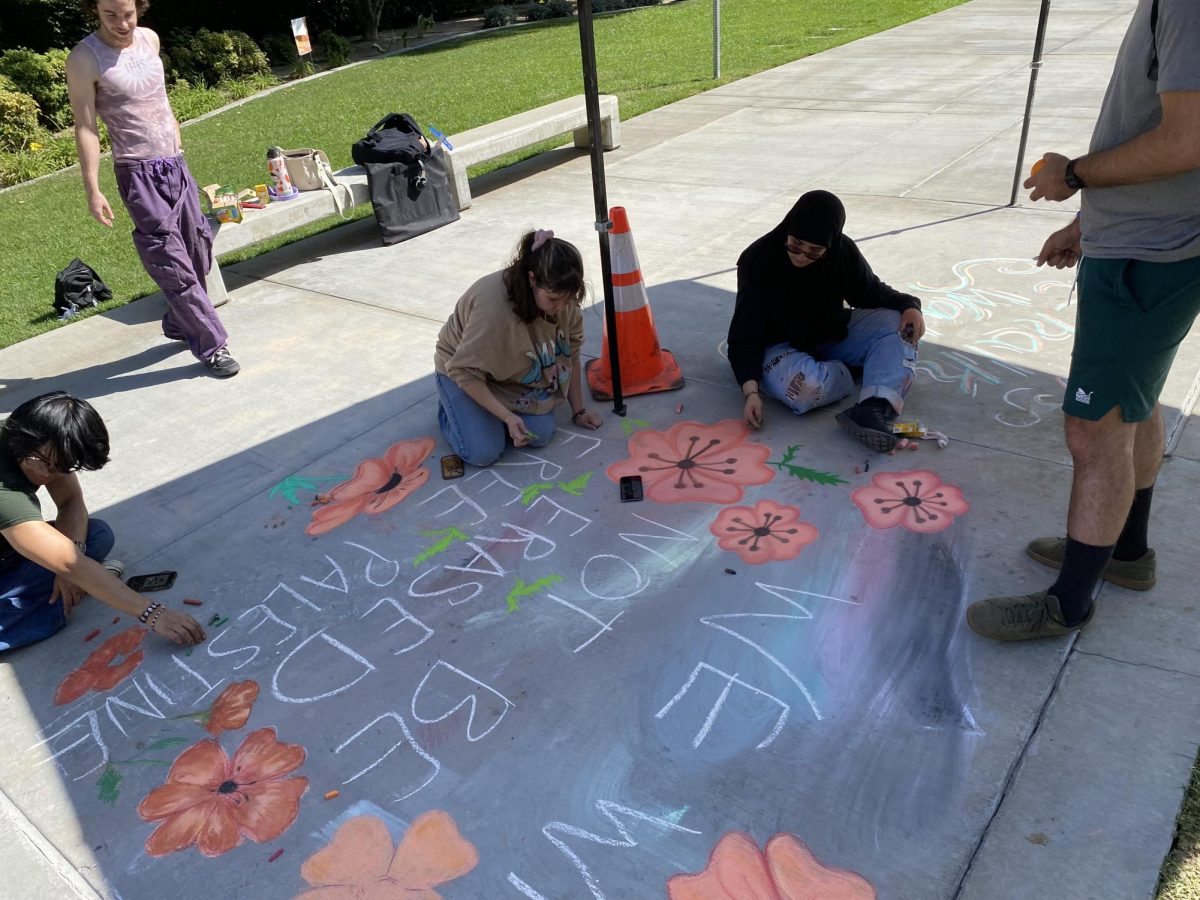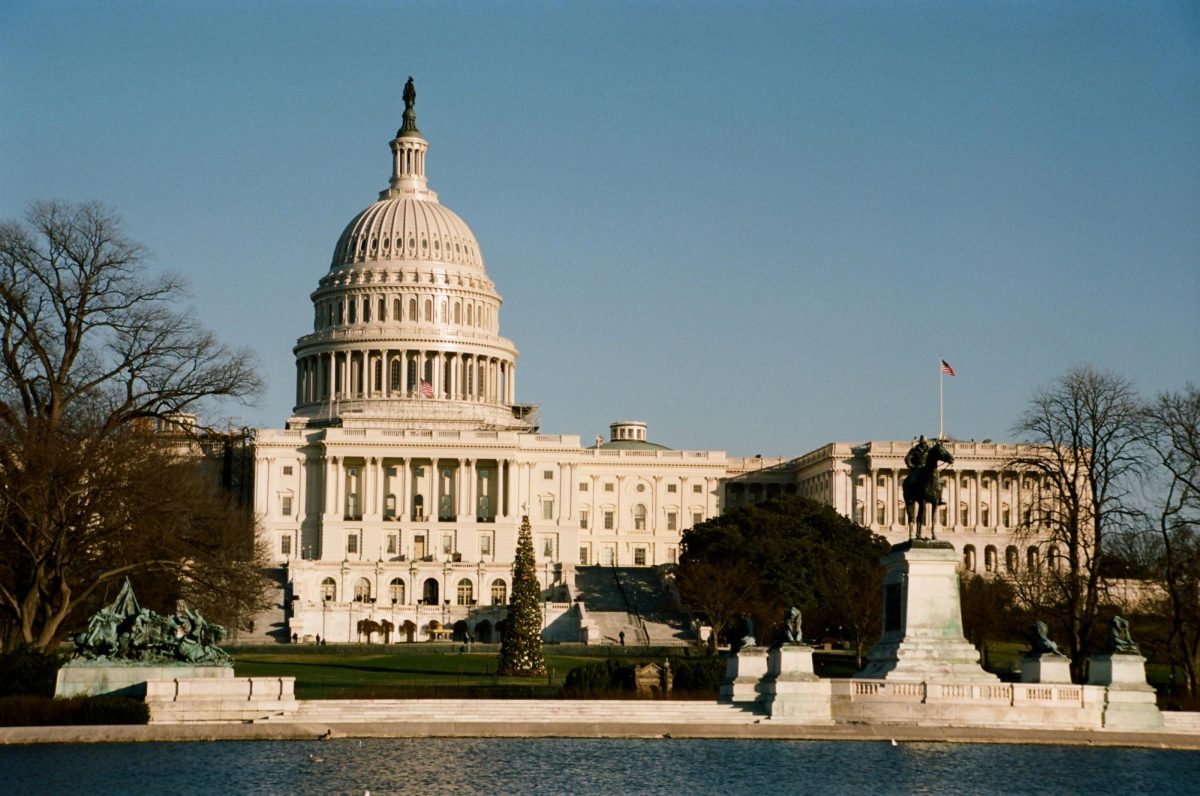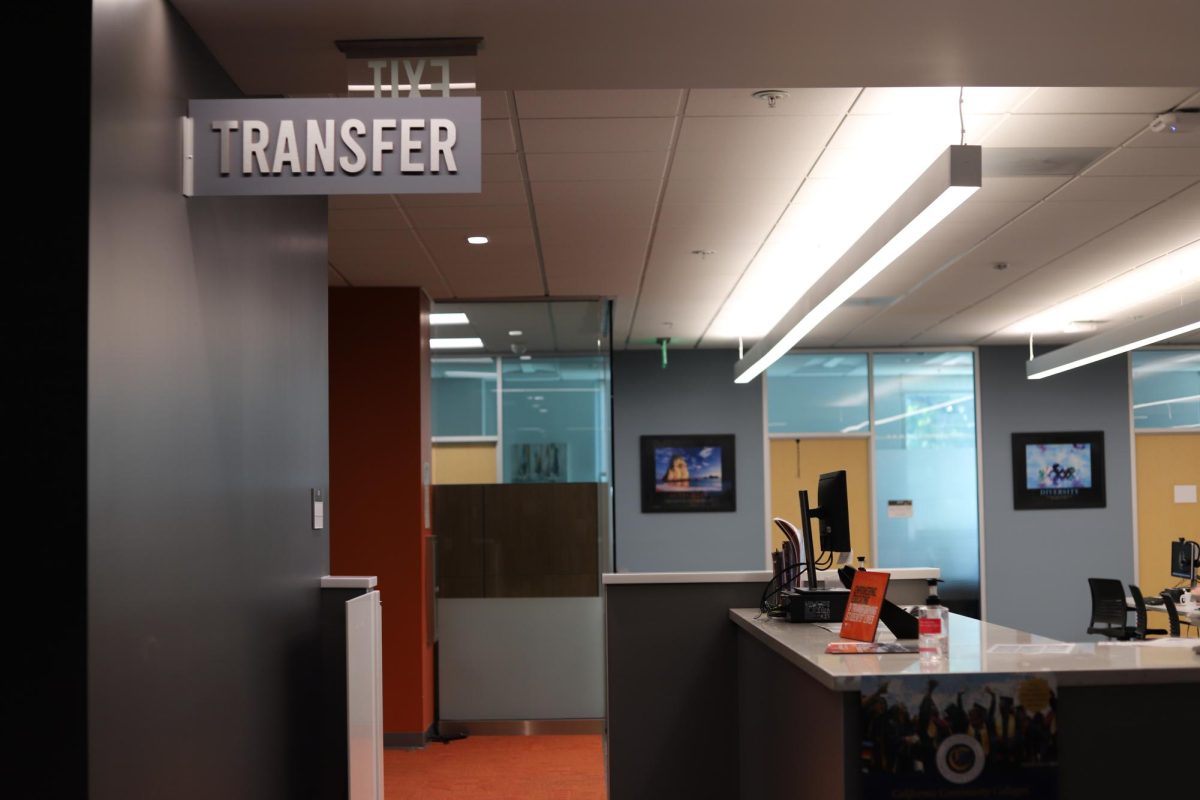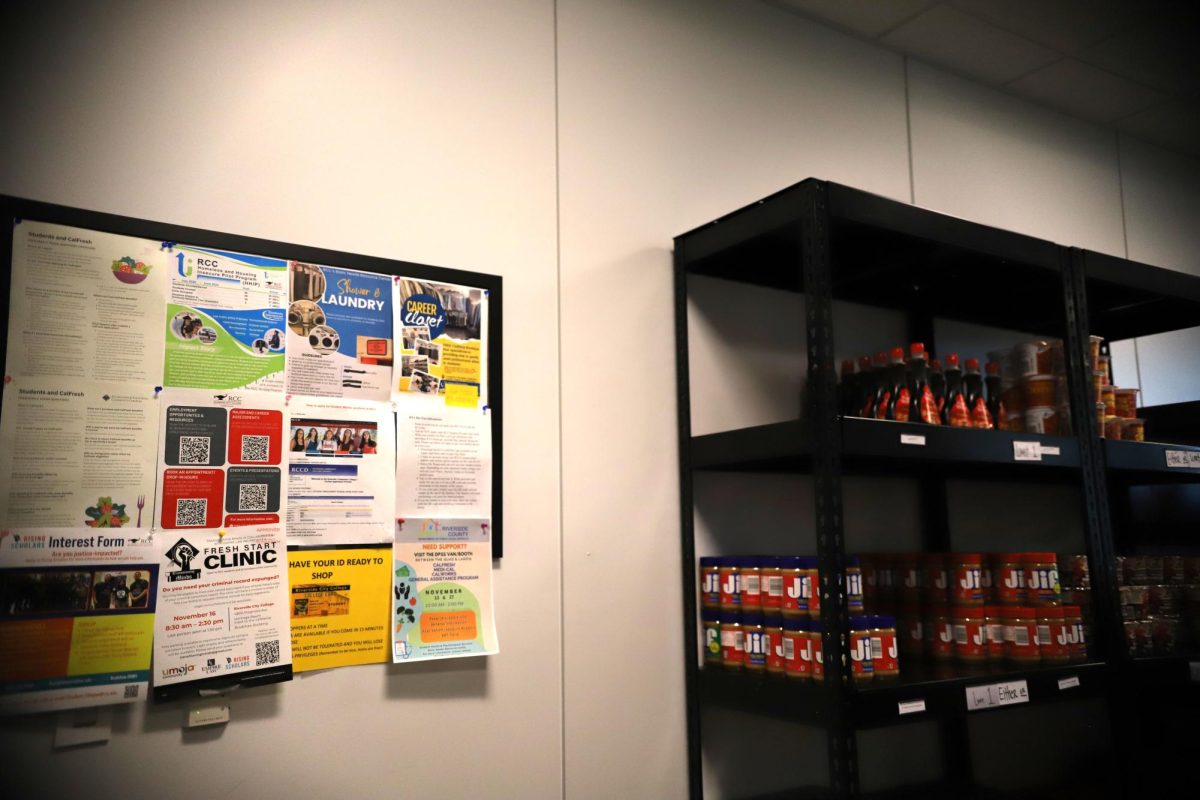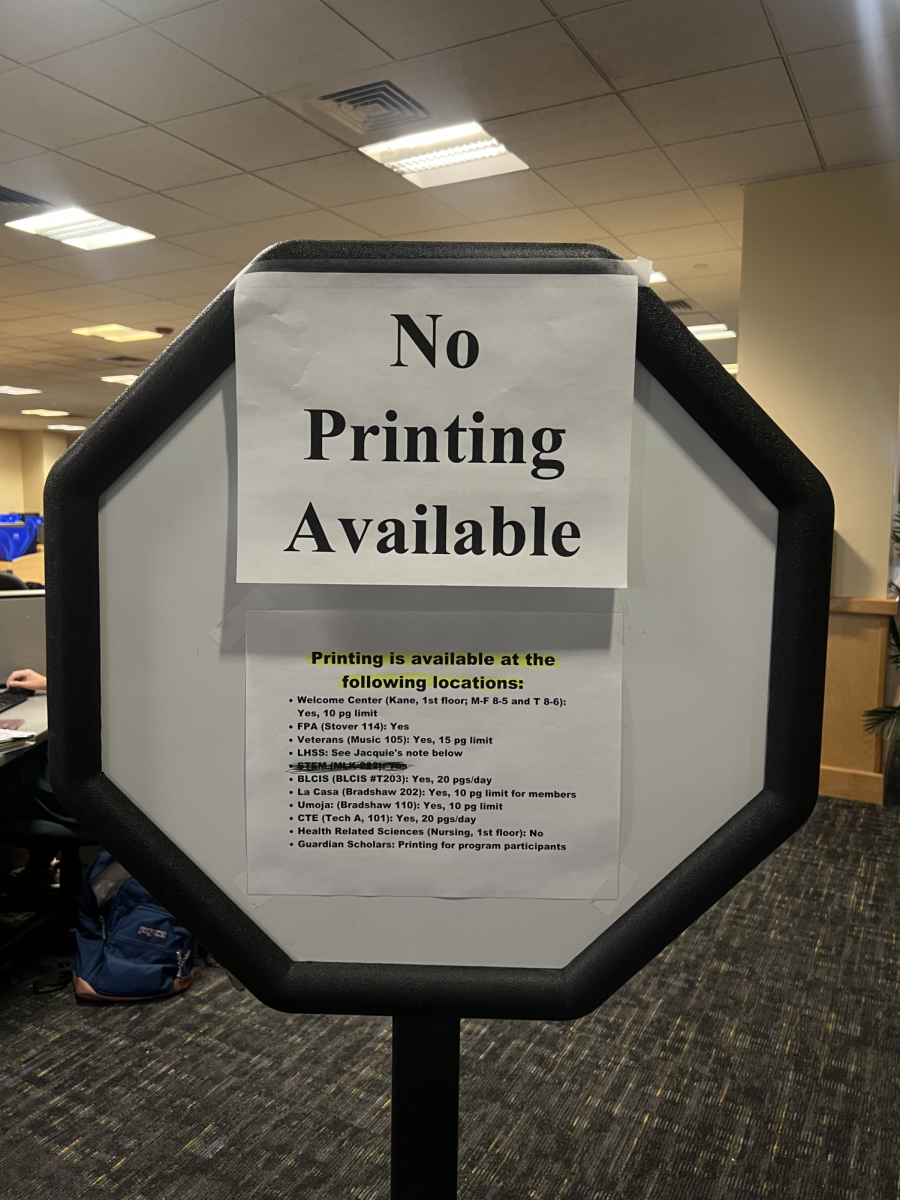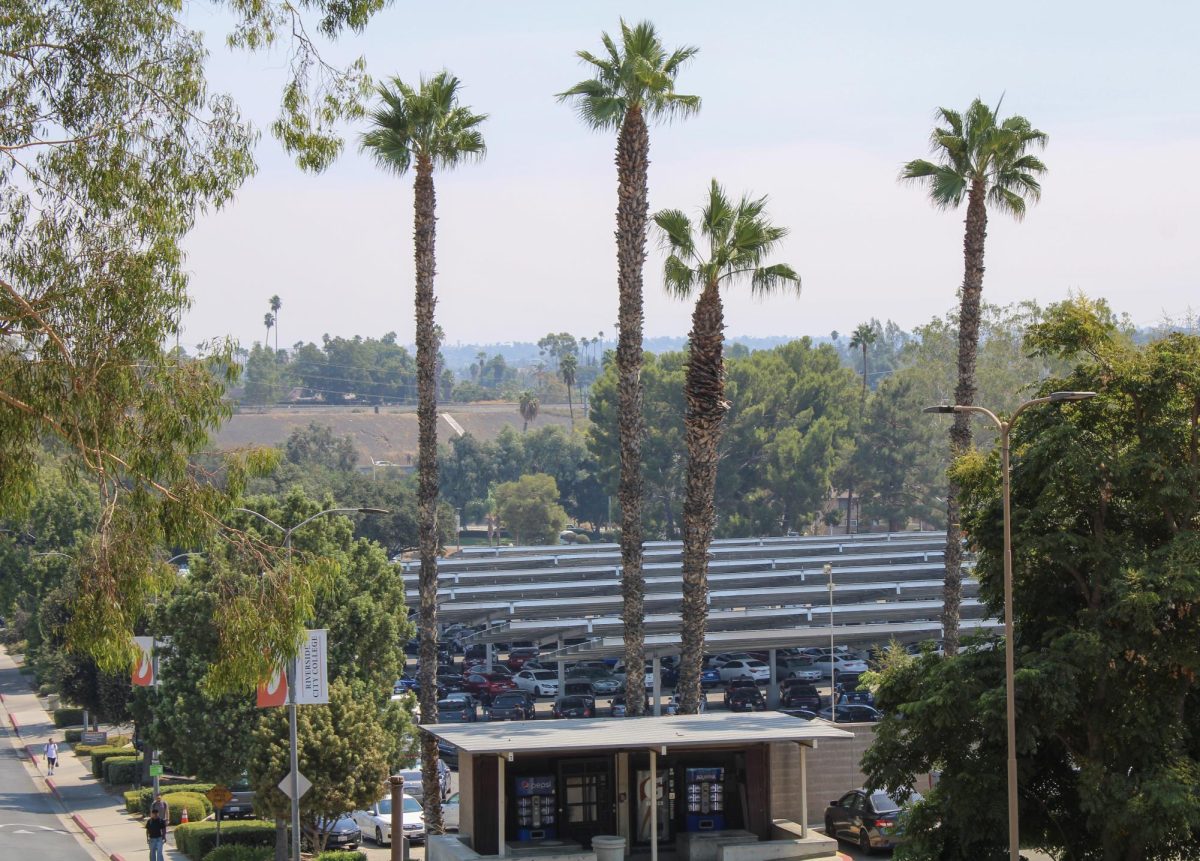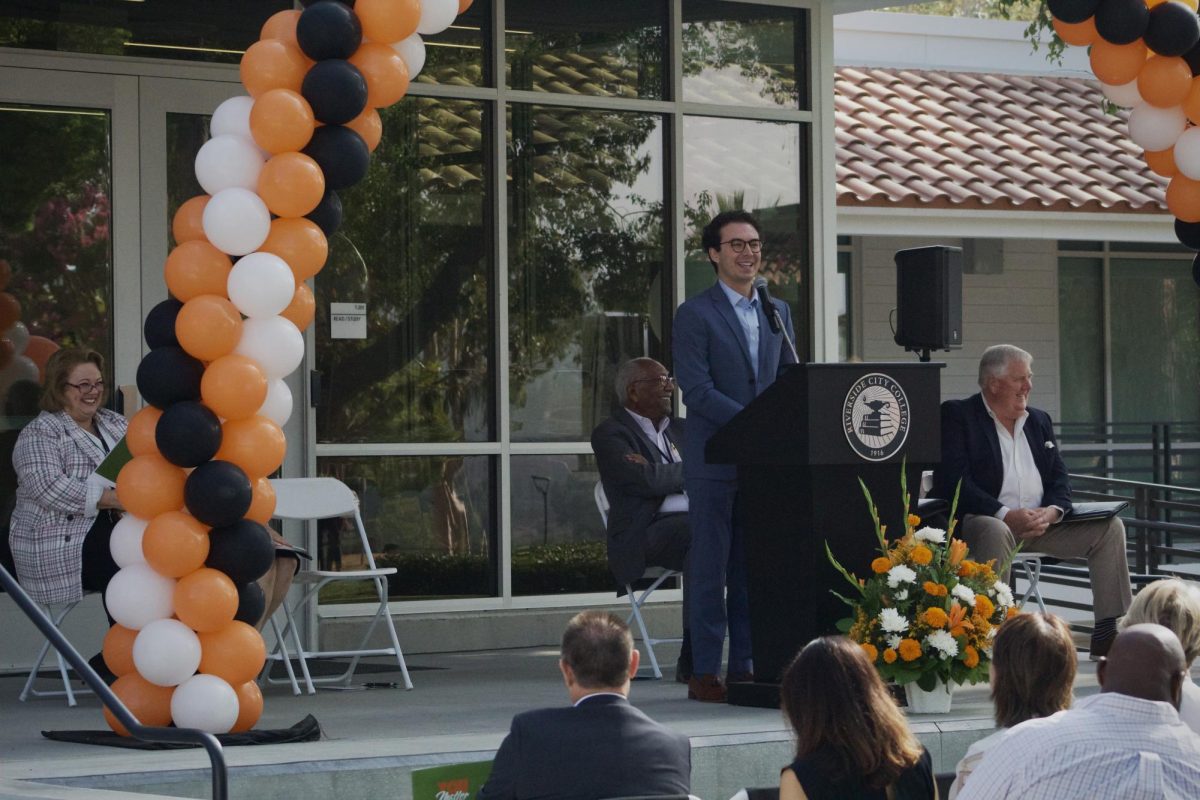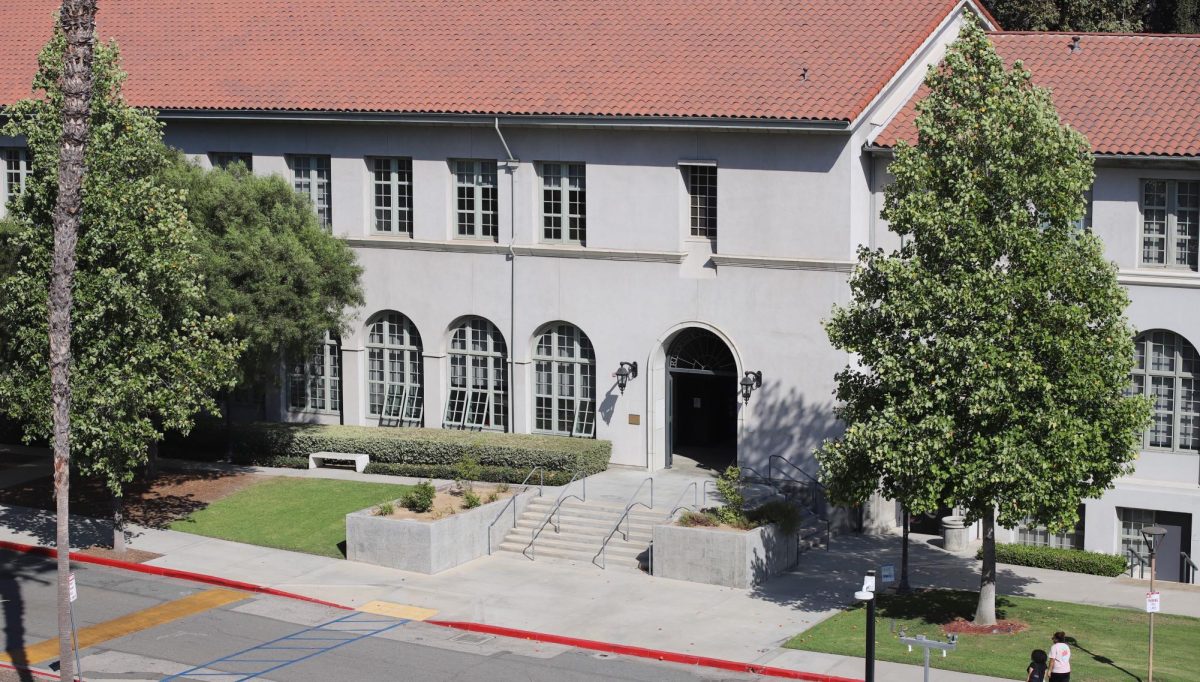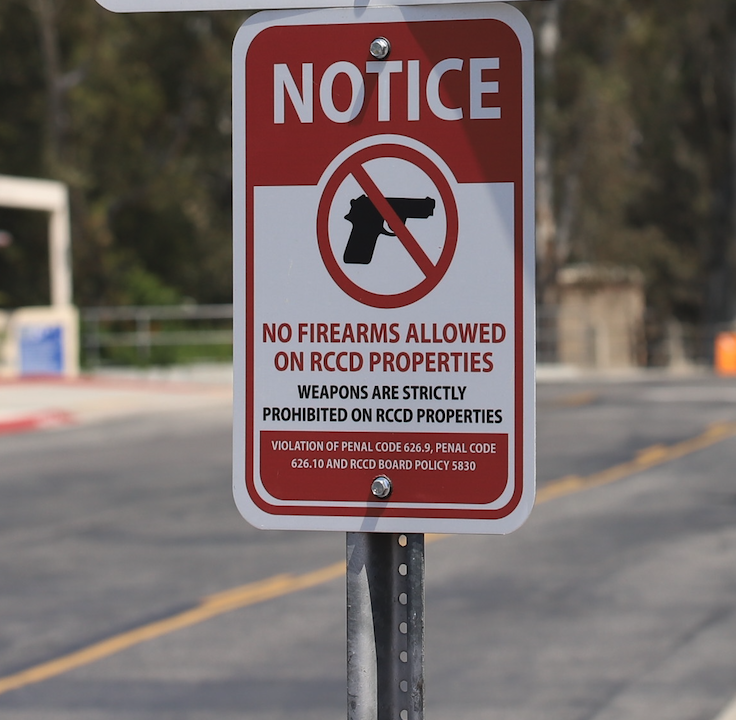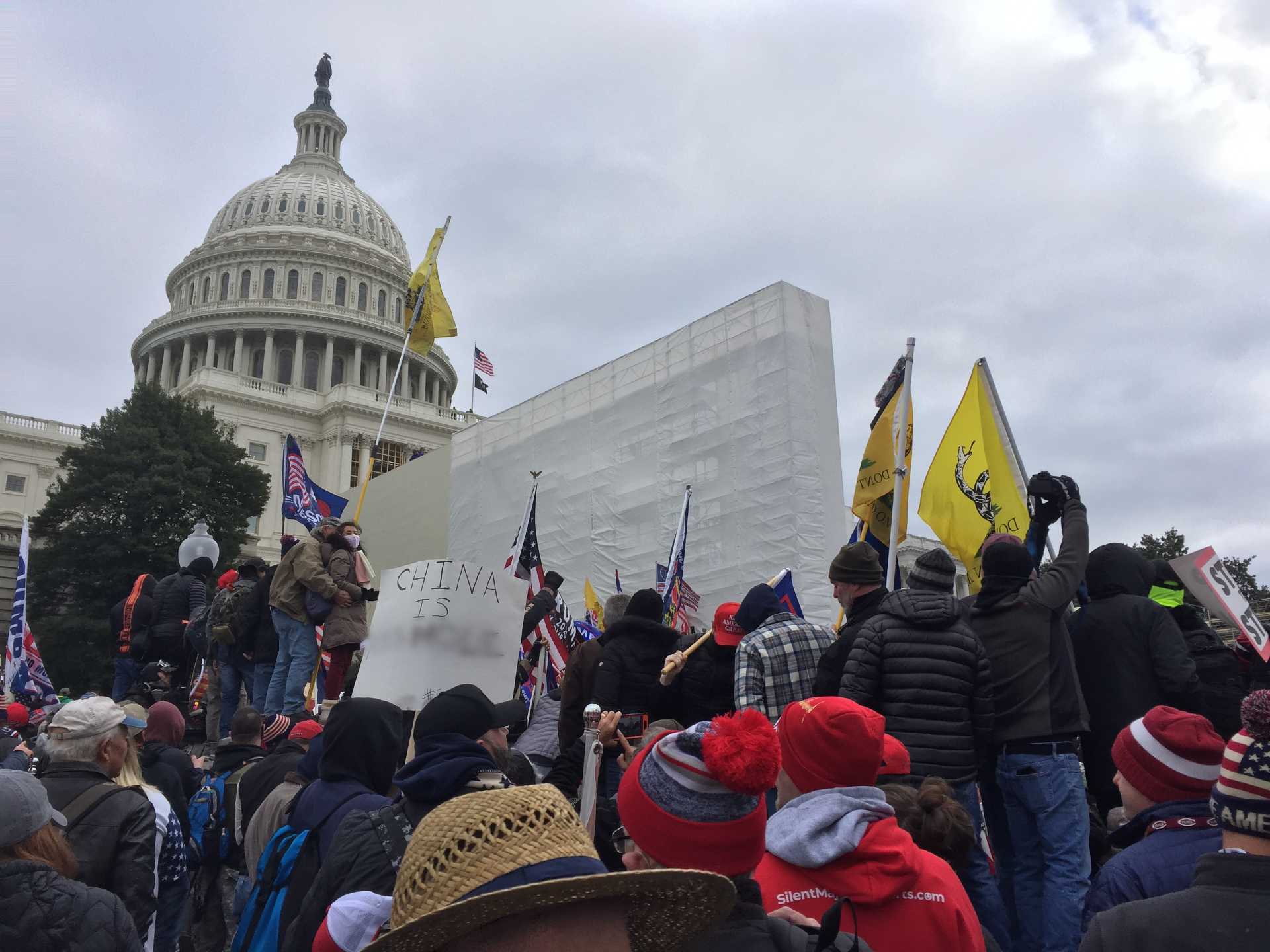
By Erik Galicia
Lingering chemicals burned Isaiah Akin’s eyes as he walked through the halls of the United States’ Capitol, observing the fallout of the building’s first breach since the War of 1812.
He was unsure if the stinging residue was a result of tear gas used by police or of some of the weaponry employed by the Donald Trump supporters who stormed the congressional halls on Jan. 6 in an attempt to stop the certification of Joe Biden’s electoral college victory.
Akin, legislative director for Sen. Ron Wyden, D-OR, served as Viewpoints’ editor-in-chief during the late 1990s. He went on to study journalism at the University of Missouri. A job opportunity in Washington D.C. pulled him to the nation’s capital, where he earned a bachelor’s degree in political journalism from George Mason University.
In ordinary times, legislative directors work in a separate office building on the Capitol campus. COVID-19 created a need to space offices out, and Akin was able to move his office into the Capitol.
He did not know what he would find as he continued through the residual fumes and Trump flags that littered the scene on his way to check on the state of his office the morning of Jan. 7.
“The halls were strewn with broken glass,” he said. “Throughout the Capitol, there were weapons and spears and metal pipes. It was certainly disturbing to walk through all of that.”
Calls for violence were seen on social media in the weeks leading up to the attempted coup, which resulted in five deaths, including that of two Capitol officers. Authorities have arrested dozens of those who clashed with law enforcement and scaled the Capitol walls, including police officers and a Republican delegate from West Virginia.
Pro-Trump protests and reported assaults began Jan. 5, as the would-be insurrectionists began arriving in Washington D.C.
“There were people in the city who were intent on violence,” Akin said. “We had of course seen this with the previous Trump rallies. There had been the attacks on Black churches and on random passersby by these terrorists. It’s clear that different people had different expectations for what was gonna happen that day, but I was certainly worried about the violence.”
That worry caused Akin to decide to work from home the day of the siege, about six blocks from the Capitol, where he joined the rest of the nation in watching the violence unravel from the president’s rhetoric.
“It was clear that Trump was pushing his followers to violence,” Akin said. “His language was very threatening.”
Trump held a rally near the Capitol before the chaos ensued, where he called on his supporters to show strength because they would not take “our country back with weakness.”
“Let’s have trial by combat,” Trump’s personal attorney Rudy Giuliani added.
These now infamous quotes were used by congressional Democrats and some Republicans as evidence for the president inciting the violence, resulting in Trump’s second impeachment Jan. 13.
Law enforcement agencies have identified more planned “Stop the Steal” demonstrations in the days leading up to Biden’s inauguration and are preparing for continued violence. Although congressional Republicans have argued that Trump’s impeachment only serves to further divide the nation, Akin argued that incoming volatility no longer depends on developments in the nation’s capital.
“The folks who are bent on using violence are bent on using violence,” he said. “The details of what is happening in D.C. are almost beside the point for them.”
Although he said the insurrection inspired anger in him, and that the length of Trump’s influence remains uncertain, Akin remains hopeful for the future and urged understanding that the events of Jan. 6 were not spontaneous.
“This didn’t happen by accident,” he said. “Folks were led here. It’s a very difficult time for our country right now and what we need is folks with good intentions leading our country. I’m hopeful that we will be able to recover from this sort of self-inflicted body blow.”

